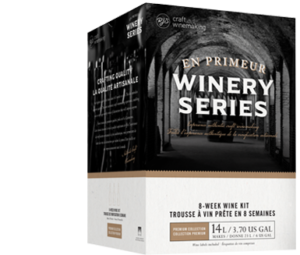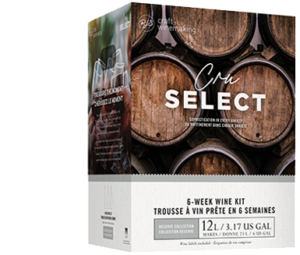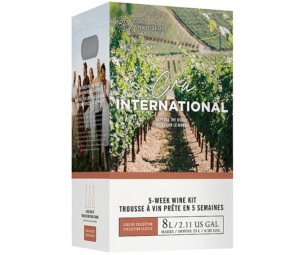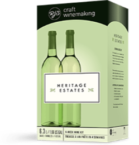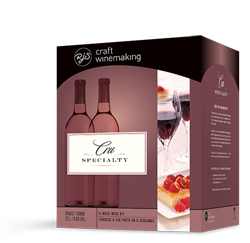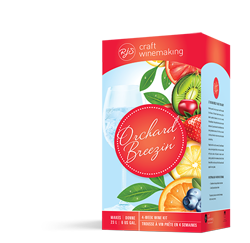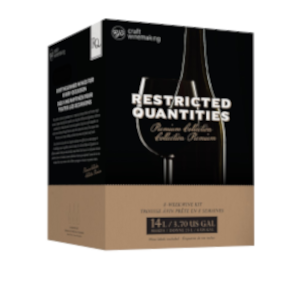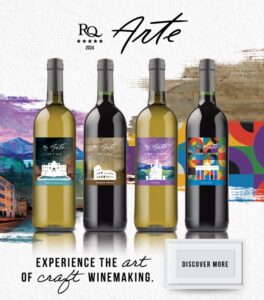Cellaring Tips
Basic Factors that Affect Ageing
There are many reasons to age wine. It may be a habitual routine, a suggested procedure, a curiosity, or due to a busy schedule! Cellaring time allows all the elements in a wine (fruit, acid, oak, and tannins) to integrate and develop a delicate balance, and optimize the wine’s ageing potential. Follow these guidelines when aging your wines.
Light
Constant exposure to light produces chemical reactions in wine that cause it to deteriorate. Ultraviolet light has the greatest effect, and white wines and champagnes are the most vulnerable. Try to keep the cellar dark when not in use.
Humidity
A relative humidity of 50-70% is the acceptable range. Insufficient humidity may cause corks to dry out, lose their elasticity and thereby allow air to get into the bottle. Too much humidity (over 70%) can cause mould to grow on corks. At its extreme, that can destroy a wine.
Temperature
A temperature of 12-15°C is ideal for allowing the wine to age steadily without risking premature ageing or oxidation. A constant temperature is key to steady ageing.
Corks
Synthetic corks are great for long-term storage of 1-5 years. They eliminate problems such as leakage and random oxidation, and are commonly used by commercial wineries. Agglomerated corks, are suitable for wines for up to 1 year of ageing. Check with your retailer for recommendations.
Sulphites
Sulphites help to preserve the wine from spoilage and oxidation. If ageing beyond 6 months, add ¼ tsp of extra sulphites (sulphite dissipates with age and is important for the long-term health of the wine).
Movement
It is natural for wines (especially high-end heavy reds) to shed some tannin during ageing. Vibrations can cause bottle sediment to stay suspended, creating either a haze or “floaties”.

